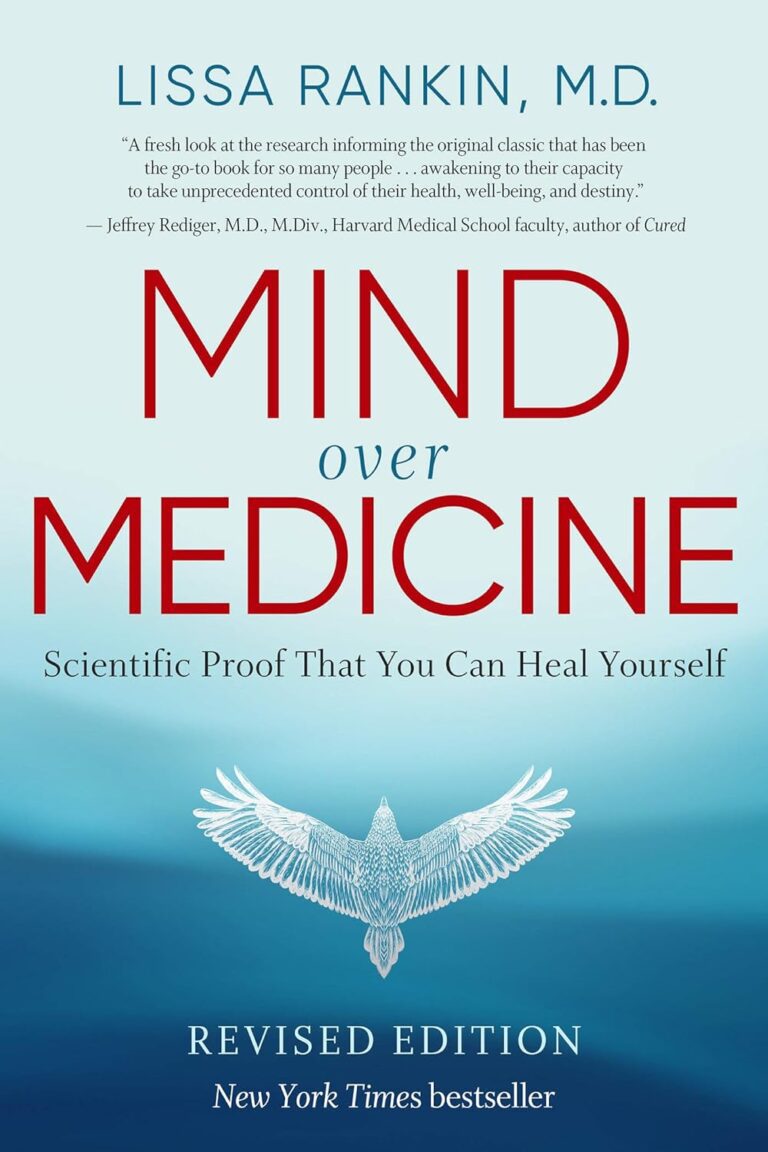
In the world of oncology and medical research, Bleomycin stands as a notable name. As an intriguing antibiotic, Bleomycin, having a unique dual functionality, can both cure and kill. It plays a crucial role in the management of various health conditions, especially cancer.
Bleomycin’s journey is marked with significant milestones since its discovery in the 1960s from a fungus. Its valuable cytotoxic characteristics were quickly realized, and it was embraced in the battle against cancer, making it a beneficial addition to the medical field.
Digging Deep: The Definition of Bleomycin
Scientifically, Bleomycin is a glycopeptide antibiotic that exerts a cytotoxic effect on cells. It comprises a mixture of cytotoxic glycopeptides isolated from the fungus, Streptomyces verticillus.
Primarily, Bleomycin is used as an anti-cancer drug, given its ability to induce apoptosis, or intentional self-destruction of cells. This property is particularly useful in the management of various neoplasms, such as lymphomas, testicular cancer, and several other health conditions.
Unveiling The Composition: The Chemical Structure of Bleomycin
Bleomycin as a compound is constituted by a complex assembly of amino acids and a metal-binding domain. This peptide holds a unique bithiazole moiety and binds to iron, making the complex highly reactive and able to introduce breaks in DNA molecules.
Each component within Bleomycin plays a role in dictating the antibiotic’s cytotoxic properties. For example, the bithiazole ring enhances its DNA affinity, and the iron-binding region governs DNA cleavage, thus contributing to the overall anti-tumor action.
Delving Further: The Mechanism of Action
Bleomycin elicits its cytotoxic effect by interacting with DNA and causing strand breaks. With the metal ion Fe (II), Bleomycin forms activated complexes that bind DNA and generate free radicals. These free radicals destroy the DNA backbone, causing cell death.
Routinely used in chemotherapy, Bleomycin’s cytotoxic actions specifically exterminate fast-growing cancer cells, making it an essential weapon in the battle against various malignancies.
The Spectra of Effectiveness: Applications of Bleomycin
Bleomycin is a versatile agent, functional in managing cancer such as Hodgkin lymphoma, testicular carcinoma, and squamous cell carcinomas. It’s also effective in treating wart, keloid – a raised scar after an injury, and fluid accumulation due to cancer (malignant effusions).
In the context of cancer treatment, Bleomycin, as part of a combination chemotherapeutic regimen, has significantly improved patient survival rates. Despite challenges, its potent cytotoxic action maintains its relevance in the fight against cancer.
Get to know us better
If you are reading this, you are in the right place – we do not care who you are and what you do, press the button and follow discussions live

Understanding Side Effects: The Dark Side of Bleomycin
Just as any medication, Bleomycin comes with its share of side effects. The common ones include fever, chills, skin changes, loss of appetite, weight loss, and temporary hair loss. These are usually manageable and may disappear with time.
However, Bleomycin can also pose severe effects like lung toxicity, which can lead to a scarring disease known as pulmonary fibrosis. Monitoring and managing these side-effects is crucial, and any discomfort ought to be reported to a healthcare provider immediately.
Surviving Bleomycin Treatment: Tips and Healthcare Strategies
During Bleomycin treatment, patients can encounter various challenges. Therefore, knowing what to expect, staying physically active, maintaining a nutritious diet, and adhering to medication schedules can help ensure optimal treatment outcomes.
Furthermore, regular check-ups, lung function monitoring, avoiding smoking and other lung irritants can contribute significantly to a safer and more effective treatment period. Emotional support and counseling can also help cope with treatment-related stress and anxiety.
Conclusion: Wrapping It Up, The Role and Impact of Bleomycin
Bleomycin continues to prove its worth in the medical field, notably in cancer treatment. It’s a quintessential example of the power harnessed from nature to improve human health. Despite potential side effects, the benefits of Bleomycin to patients around the globe cannot be underestimated.
Five FAQs:
- How is Bleomycin administered in medical settings?
Bleomycin is typically administered through intravenous infusion or injection, either into a muscle or under the skin.
- What precautions should someone using Bleomycin be aware of?
Apart from following dosage instructions, regular lung function evaluations, avoiding exposure to cold temperature, and immediate reporting of any discomfort is advisable.
- Are there any potential drug interactions to be mindful of with Bleomycin?
Yes, certain medications can interact with Bleomycin, such as phenytoin, digoxin, and some vaccines. Therefore, your healthcare provider should be aware of all prescribed or over-the-counter medications.
- How long does it usually take before noticeable effects of Bleomycin can be observed?
The effects of Bleomycin are dependent on several factors, but generally, improvements may begin to appear within a few weeks of therapy.
- What potential advancements are researchers exploring to enhance the benefits and reduce the side effects of Bleomycin?
Researchers are exploring various tactics including development of Bleomycin analogues targeting specific cell types, topical or localized delivery systems, and artful combinations with other therapies.

















Comments
Thank you. Comment sent for approval.
Something is wrong, try again later